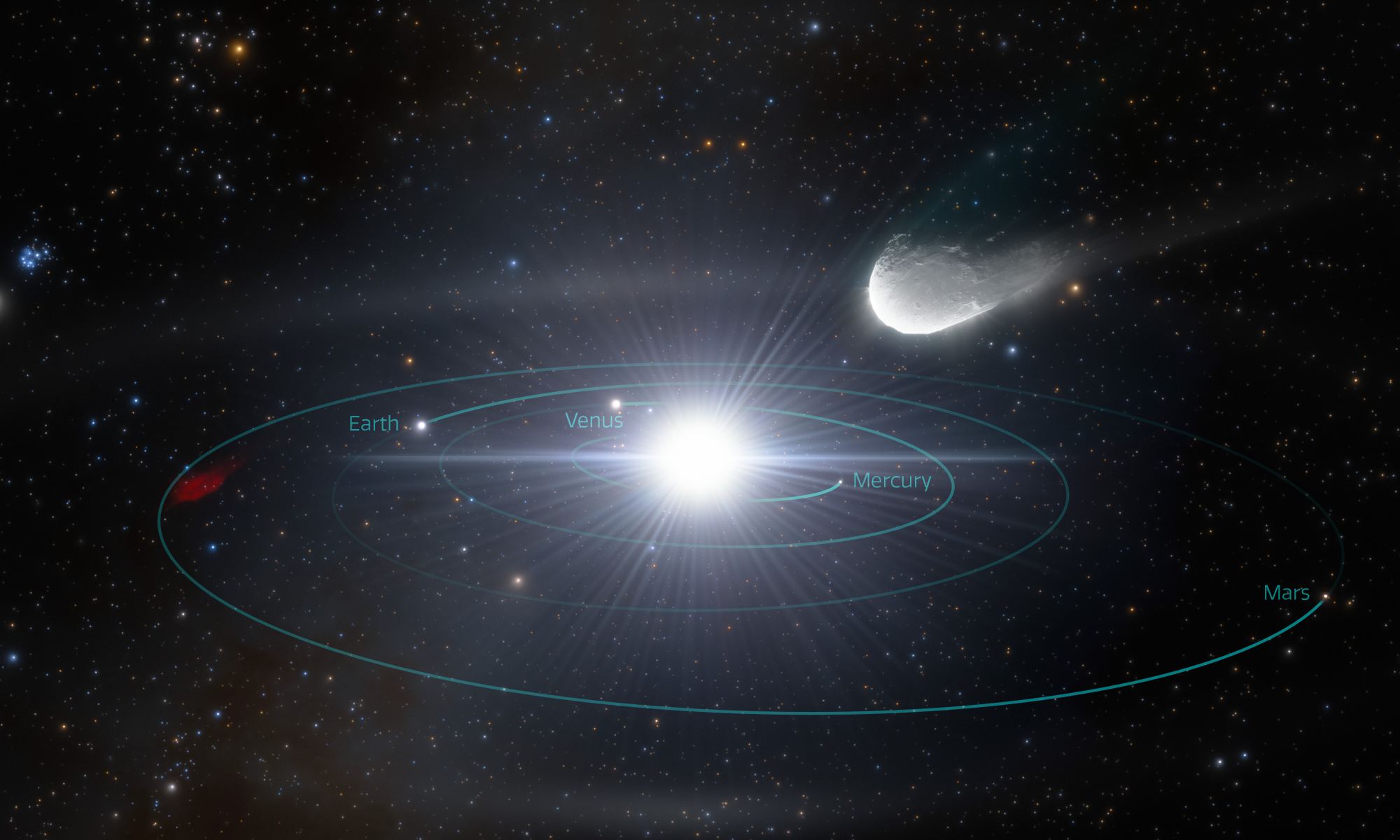A recent study conducted by the South African Radio Astronomy Observatory (SARAO) has confirmed the existence of a gravitational wave background generated by the merger of supermassive black holes. Using the MeerKAT radio telescope, researchers were able to analyze data from 83 millisecond pulsars, significantly enhancing our understanding of these cosmic phenomena.

Understanding Gravitational Waves
Gravitational waves are ripples in spacetime caused by the acceleration of massive objects. These waves were first predicted by Albert Einstein in 1916, as part of his General Theory of Relativity. However, it wasn't until 2016 that we were able to directly detect them, marking a major milestone in astrophysics and the study of the universe.
The gravitational wave background refers to a persistent background of gravitational waves present throughout the universe. This background is thought to be generated by numerous events, such as the merger of binary black holes and neutron stars. Detecting these waves provides insight into fundamental questions about the nature of space and time, as well as the evolution of cosmological structures.
Mechanism of Pulsar Timing Arrays
To detect gravitational waves, astronomers use millisecond pulsars as cosmic clocks. A millisecond pulsar is a type of neutron star that emits regular radio pulses with incredible precision, making them ideal for timing analysis. As gravitational waves pass by, they cause slight variations in the timing of the radio pulses emitted by these pulsars.
| Pulsar Name | Distance (light years) | Pulse Frequency (Hz) |
|---|---|---|
| PSR J0437-4715 | 600 | 173.68 |
| PSR J1744-1134 | 7000 | 4.08 |
| PSR J1939+2134 | 9000 | 1.57 |
By analyzing the timing deviations in a large number of pulsars, scientists can statistically infer the presence of gravitational waves. This method has become a cornerstone of gravitational wave astronomy.
The MeerKAT Radio Telescope
Located in South Africa, the MeerKAT telescope consists of 64 individual antennas spread over a large area. It is one of the most advanced radio telescopes in the world, allowing for high-sensitivity observations of pulsars.

Recent Findings from MeerKAT
In its latest observational campaign, MeerKAT has reported significant findings that contribute to our understanding of the cosmic gravitational wave background. Over a period of just four and a half years, the MeerKAT team observed various millisecond pulsars, gathering data that corroborates earlier findings from the NANOGrav experiment.
While NANOGrav's findings were impressive, taking over 15 years to gather sufficient data to suggest the existence of these waves, MeerKAT has done so in only a fraction of the time, highlighting its advanced observational technology.
| Observatory | Years Active | Pulsars Observed | Confirmed Detection |
|---|---|---|---|
| NANOGrav | 15 | 67 | Yes |
| MeerKAT | 4.5 | 83 | Yes |
Future Prospects in Gravitational Wave Astronomy
The collaboration between different observatories such as MeerKAT and NANOGrav is key to unlocking more secrets about the gravitational wave background. Ongoing research is expected to sharpen our understanding of the sources of these waves, particularly concerning mergers of black holes and neutron stars.
Furthermore, the advent of new technologies and analytical methods should yield even more precise observations, which may help answer questions about the early universe, as the detection of gravitational waves opens a new window into the cosmos.
As these studies proceed, they underscore the importance of inter-institutional collaboration and the need for continued investment in astrophysical research facilities. Additionally, the findings from MeerKAT could pave the way for future observatories, contributing to humanity's understanding of the fundamental workings of our universe.
References
Please refer to the following references for more information regarding this research:
- Agazie, Gabriella, et al. "The NANOGrav 15 yr data set: Evidence for a gravitational-wave background." The Astrophysical Journal Letters 951.1 (2023): L8.
- Miles, Matthew T., et al. "The MeerKAT Pulsar Timing Array: The 4.5-year data release and the noise and stochastic signals of the millisecond pulsar population." Monthly Notices of the Royal Astronomical Society (2024): stae2572.
- Miles, Matthew T., et al. "The MeerKAT Pulsar Timing Array: The first search for gravitational waves with the MeerKAT radio telescope." Monthly Notices of the Royal Astronomical Society (2024): stae2571.
- Grunthal, Kathrin, et al. "The MeerKAT pulsar timing array: Maps of the gravitational-wave sky with the 4.5 year data release." Monthly Notices of the Royal Astronomical Society (2024): stae2573.
For more information, please visit Universe Today.




